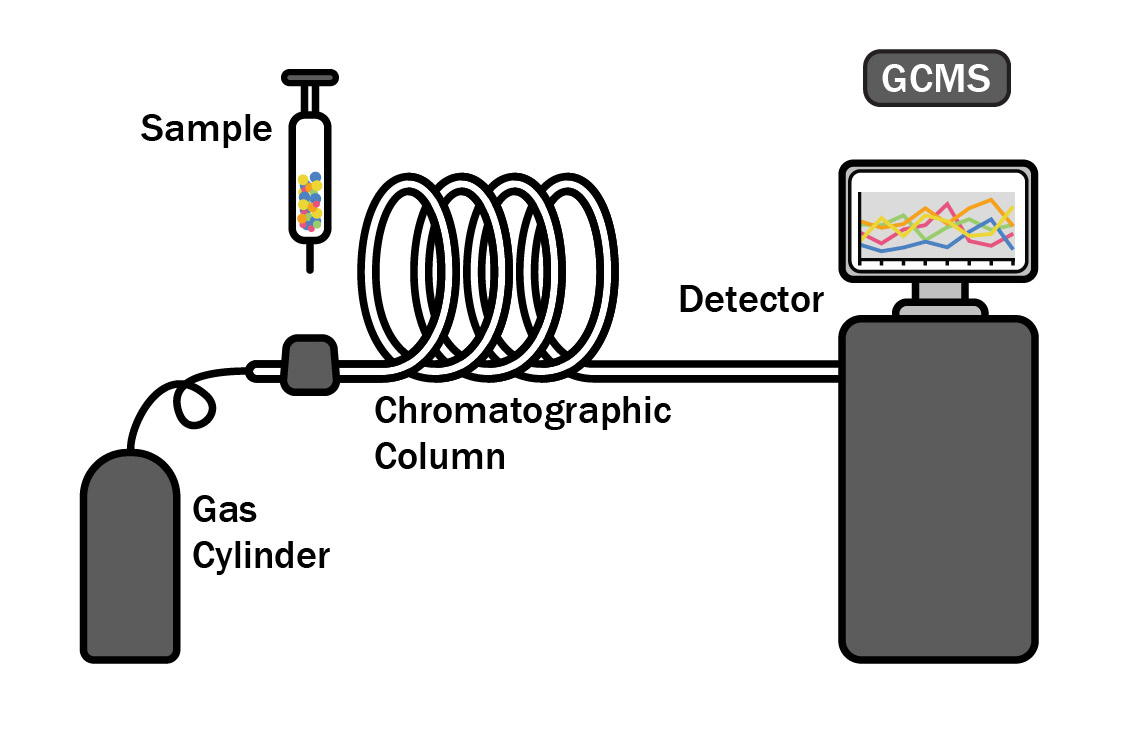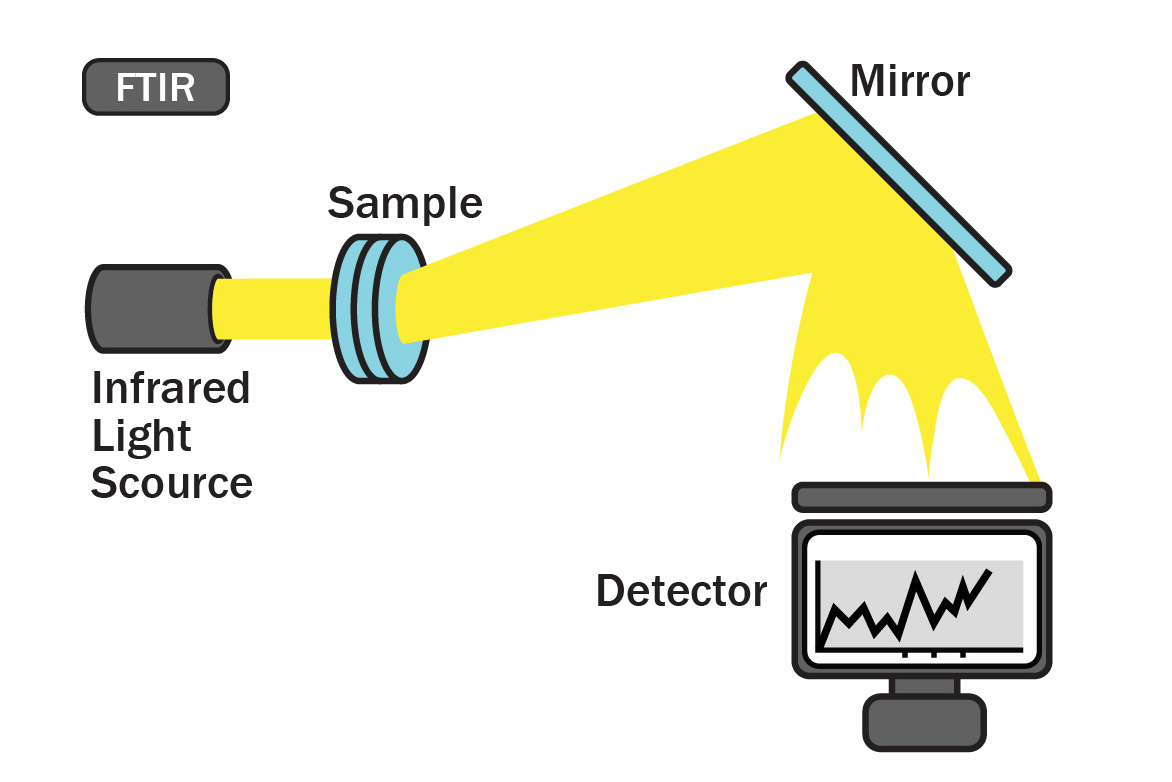起源:衍生自拉丁语,意即“大地的礼物”。
CPTG® 专业纯正调理级认证
doTERRA美商多特瑞先进的实验室使用最高端的测试方法,来检验精油的纯度及强度。
当芳香混合物从植物原料蒸馏出来后,会分批进行严格检验,确保其达到「CPTG®专业纯正调理级认证」标准。
doTERRA美商多特瑞发展出如此严格的准则,日的是要证实精油内没有添加物、人造成分、有害污染物。利用我们自己的器材以及值得信赖的第三方实验室,doTERRA美商多特瑞精油皆经过「CPTG®专业纯正调理级认证」,以确保顾客每次收到的精油的品质都是最好的。
最精密的测试最可靠的品质
doTERRA美商多特瑞的任务在于发掘和研发高品质的精油,我们精挑细选出各方合作伙伴,包括学校、工厂、科学研究院,因而在科学发展中具有举足轻重的地位。
感官测试
在这个阶段,精油化学家、制造工程师及品质技术员会以人工的方式检测精油的表面型态、气味、颜色。
特定重力检测
测试流程中有一项特定重力比,是将精油的容量与重量比值与参考标准做对照,借此检验精油品质及纯度。
气相色谱/质谱分析(GC/MS)
在分析过程中,原子会被分离并辨识,以确保精油中的化学成分和理想中的化学组成相符。

傅里叶转换红外光谱仪(FTIR)
FTIR测试是利用红外线分析精油的物质组成来确认精油符合doTERRA美商多特瑞订定的标准。

对掌性检测
测验分子对掌性(分子的方向),利用仪器扭转精油分子,即可辨认出GC/MS测试不到的合成添加物。

折射率测试
折射计是用来测量精油的折射率—光线如何穿透特定物质的检验方法,目的是要确保精油符合doTERRA美商多特瑞订定的标准。

污染物检测
通过物理测验标准的批次会在现场进入一连串的污染物测试,由微生物专家检验以确认不含有害污染物。精油检测的项目包括潜在的有害微生物、重金属、农药,以证实在适当的使用原则下得以安全使用。
稳定性测试
doTERRA美商多特瑞也执行持续稳定度测试,以确保精油可以在使用期间保持纯度及功效。这一连串的测试会在可以调整气温及湿度的房间进行,测试者会观察并分析精油在不同的空气状态下延长置放时间会有什么反应。这项测试规则是要确保doTERRA美商多特瑞能持续不断地提供安全且有效的精油。
Video disabled by your privacy settings




